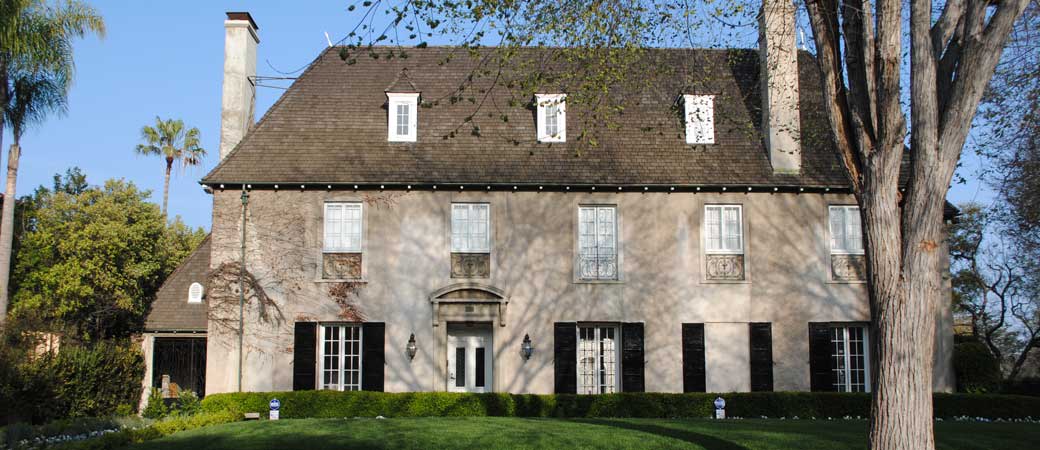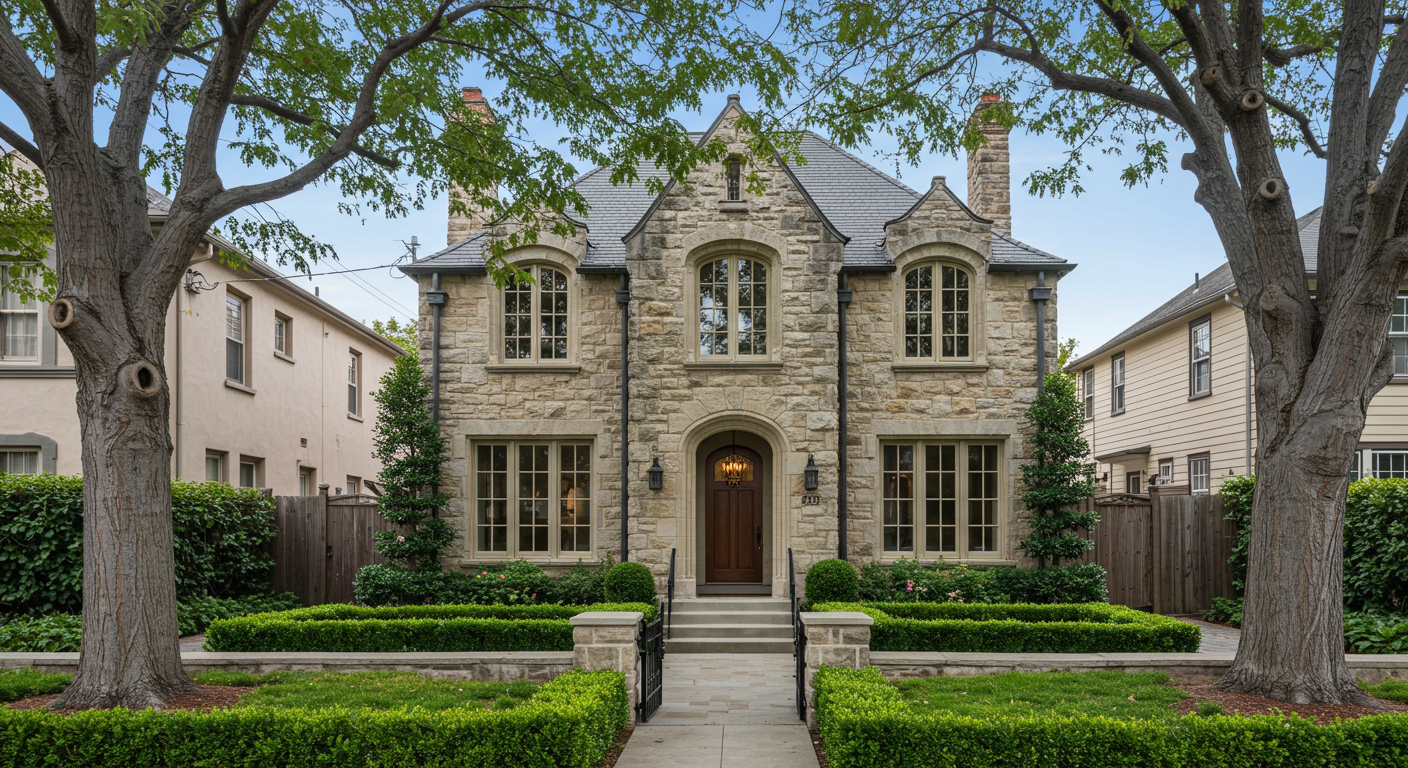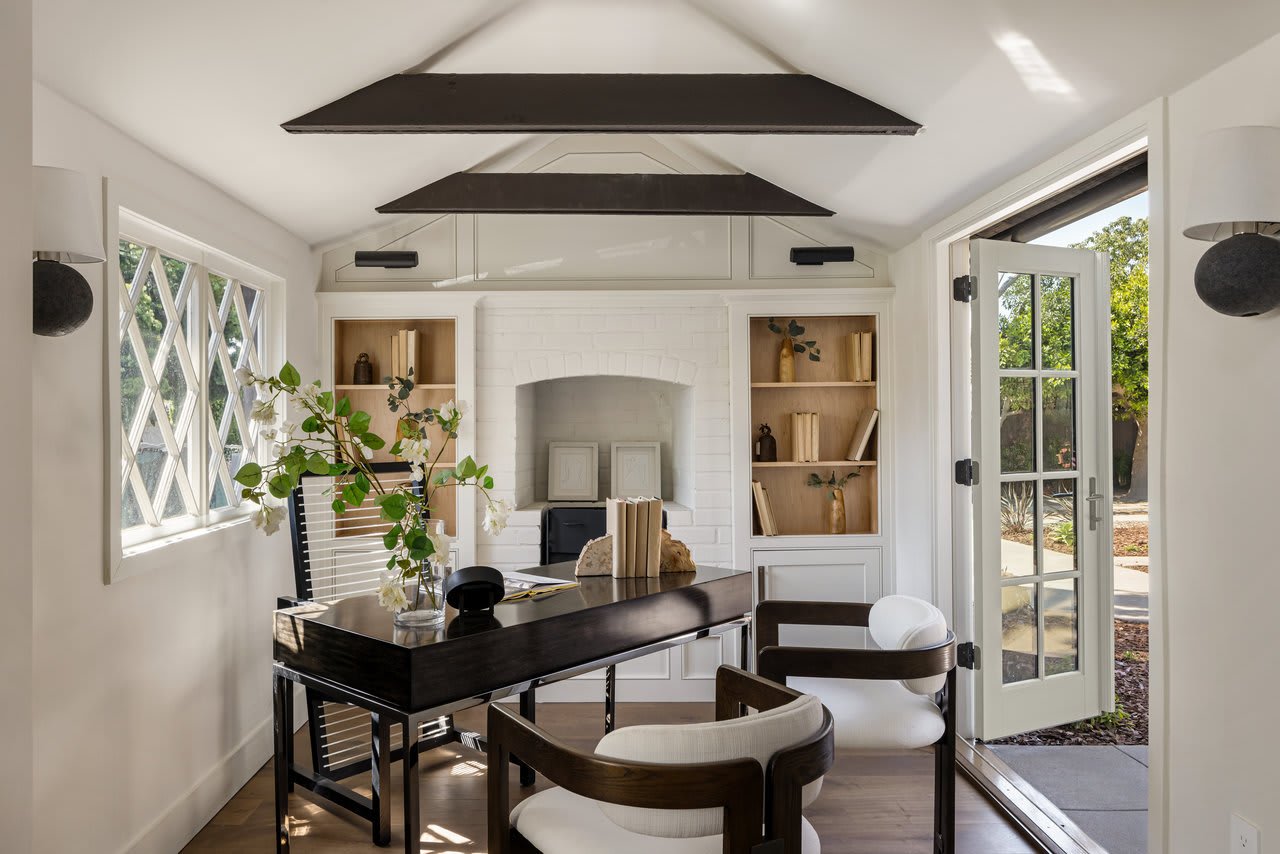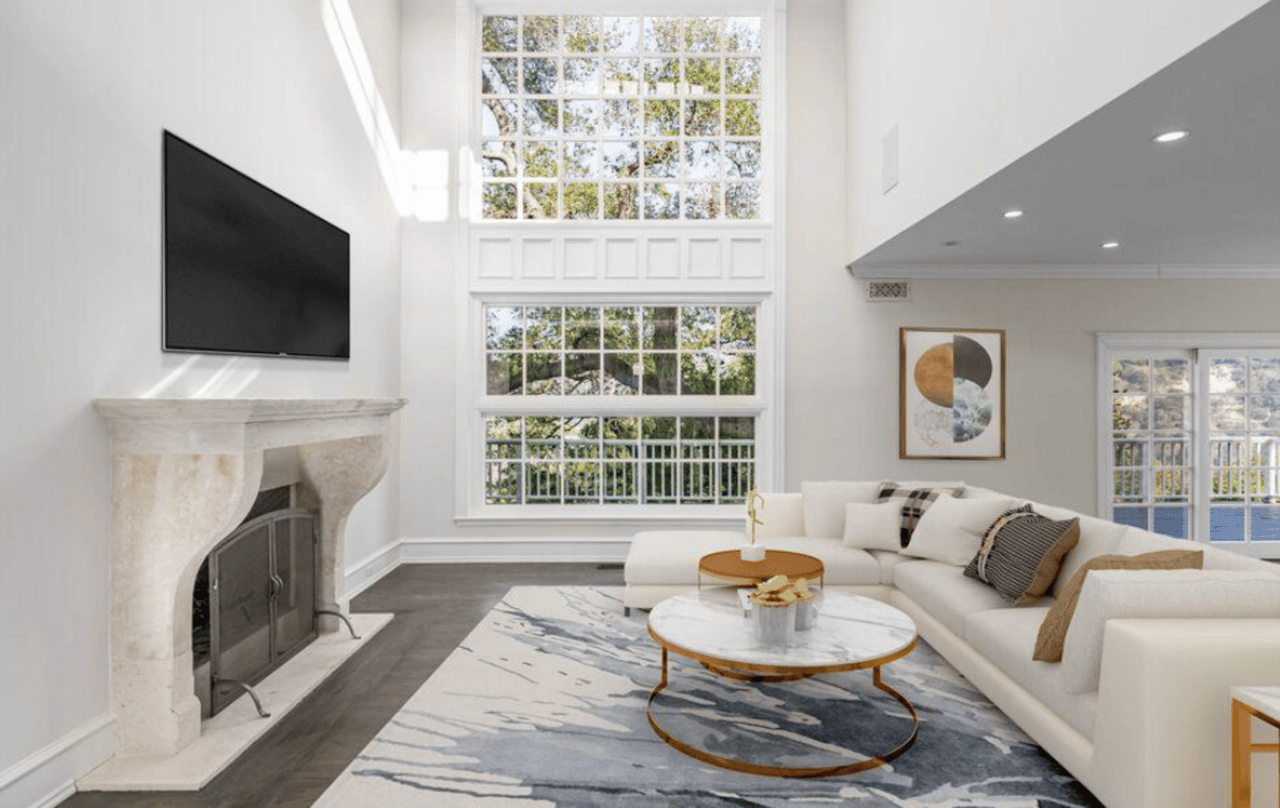French Provincial home in the Los Angeles neighborhood of Hancock Park, an Historic Preservation Overlay Zones (HPOZ)
Los Angeles has always been regarded by outsiders as a city without much sense of its own history. This is simply a convenient way for old-fashioned east coasters and midwesterners to feel better about their crummy weather. It is true, however, that Angelenos sense of history is quite different than in other places. Los Angeles was a sunny, dusty, distant place from “civilization” a mere 100 years ago. Frankly, until the past several decades arguably most of LA was indeed too new to have much to preserve.
The past 40 years has seen a steady change in this attitude. A collective sense that we do have an architectural history to preserve has taken root. All over Los Angeles there are Historic Preservation Overlay Zones (HPOZs). Currently the city has 35 designated HPOZ areas, the first, Angeleno Heights was established in 1983. You can find all of them, and more general info about them here.
The reason neighbors band together to create an HPOZ is actually multifaceted. Most agree that the primary reason is to maintain what is perceived to be the “character” of the neighborhood. Of course, the definition of character is actually a bit complex. So as a practical matter the process generally means establishing a time period for structures that can not be torn down, nor significantly altered visually as seen from the street. Another cause for the establishment of an HPOZ is the concept of “mansionization.” Until the past few years the building and zoning codes allowed for much greater density than was originally conceived for many of these older neighborhoods. An HPOZ was the only way to stop “tear downs” dead in their tracks.
As part of a Los Angeles realtor-developer team, I love historical architecture and are inspired with the task of making it adaptable for contemporary living spaces, but I have very mixed feelings about HPOZs. My biggest issues with the HPOZ in practice is that it protects large numbers of houses that do not actually have architectural significance. Just because a house is old, should it be protected from demolition? Maybe so if it is part of a larger fabric of houses on the street. Furthermore, why can’t a newer house be built in such a way that it actually improves the streetscape? What about private property rights? Oh my, this is complicated…but none of this really matters to you, an LA home shopper.
What you need to understand is that if you buy a house in an HPOZ, your ability to make modifications to that home will be restricted in various ways. That said, you can make all sorts of upgrades and enlargements — but they have to be interior, and any exterior modifications must be invisible from the street or approved by the HPOZ Board. Any such changes that are visible must be in keeping with the character of the original house, and neighborhood. At the end of the day, so many of LA’s great neighborhoods are now designated as HPOZs, their designation should just be a part of your consciousness as you look for a perfect LA home — neither a deal breaker nor the be all and end all of your choice.
David Lubell is a Licensed California Real Estate Agent (BRE# 01928231) with Keller Williams. Learn more about David by reading his bio. Reach out to him via email or call him directly at 424-248-5329.





